How to Understand Art Movements and Styles
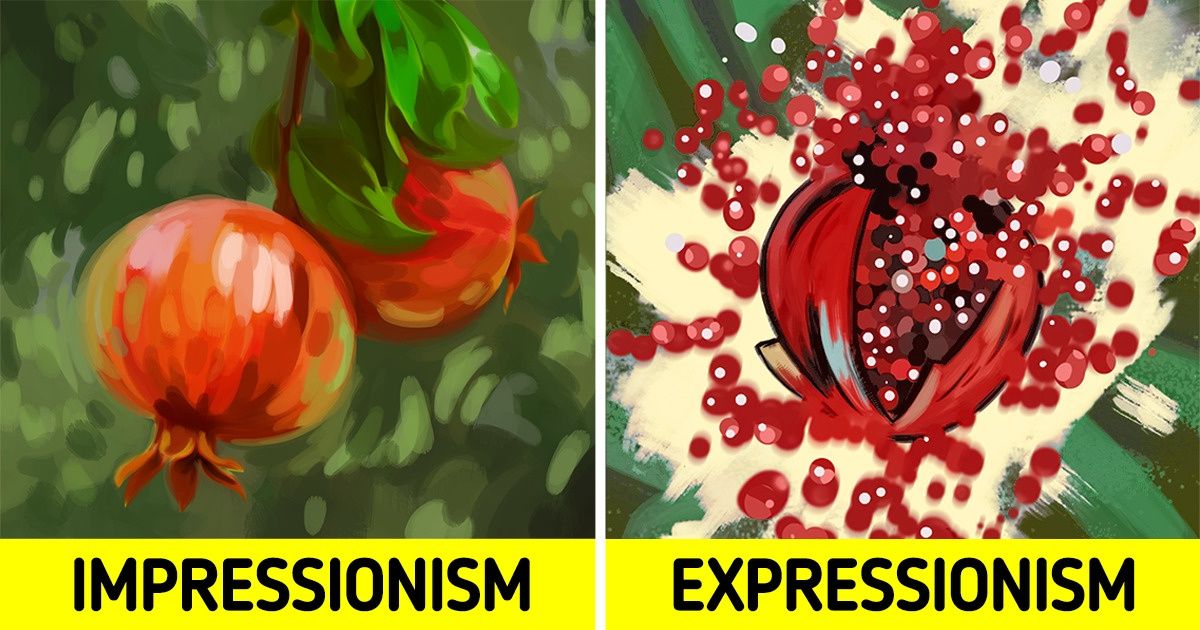
What is cubism? How to differentiate impressionism and expressionism, or academism and realism? There are many art movements and styles, and it’s not so easy to understand them.
5-Minute Crafts would like to tell you and show you, using an example of a pomegranate, how to distinguish the main art movements.
Academism
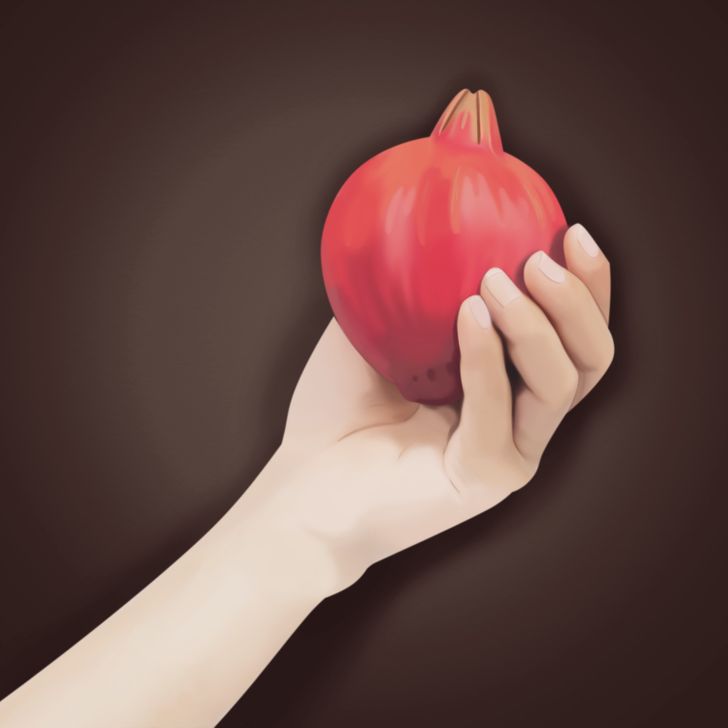
- When it was developed: This style appeared under the influence of European academies of art in the 16th century. It was mainly developed in the 17th to 19th centuries.
- Main features: Idealized forms, figures, and depicted nature, soulful faces and bodies that look like marble statues, high technical skill, and perfect details. Frequent subjects: biblical and historical, portrait painting. A painting, in most cases, has a high moral content.
- Prominent representatives: Paul Delaroche, William-Adolphe Bouguereau, Karl Bryullov, Aleksandr Andreyevich Ivanov, Jan Matejko
Realism
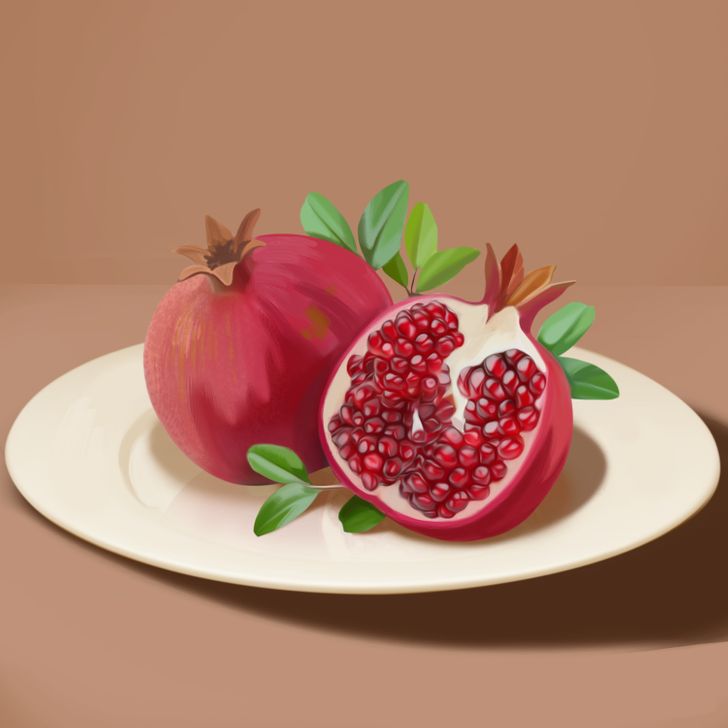
- When it was developed: In the 1840s in France.
- Main features: The accurate depiction of lifeforms, perspective, and the details of light and color.
- Prominent representatives: Gustave Courbet, Ilya Repin, Jean-François Millet, Rosa Bonheur.
Impressionism
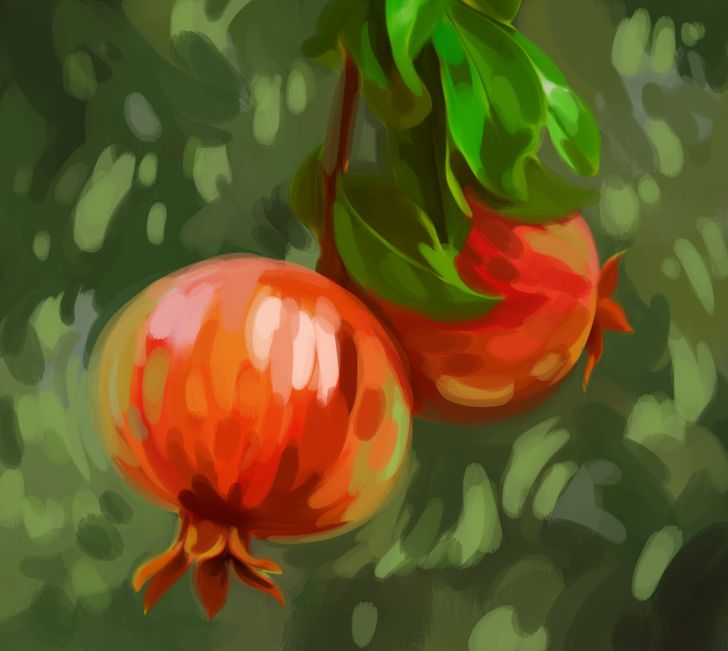
- When it was developed: The late 19th and early 20th centuries. Impressionism originated in France and was then developed worldwide.
- Main features: Relatively small, thin, yet visible brush strokes, open composition, emphasis on accurate depiction of light in its changing qualities. Colors are applied side by side with as little mixing as possible, with no use of black paint.
- Prominent representatives: Claude Monet, Paul Cézanne, Edgar Degas, Édouard Manet, Pierre-Auguste Renoir.
Surrealism
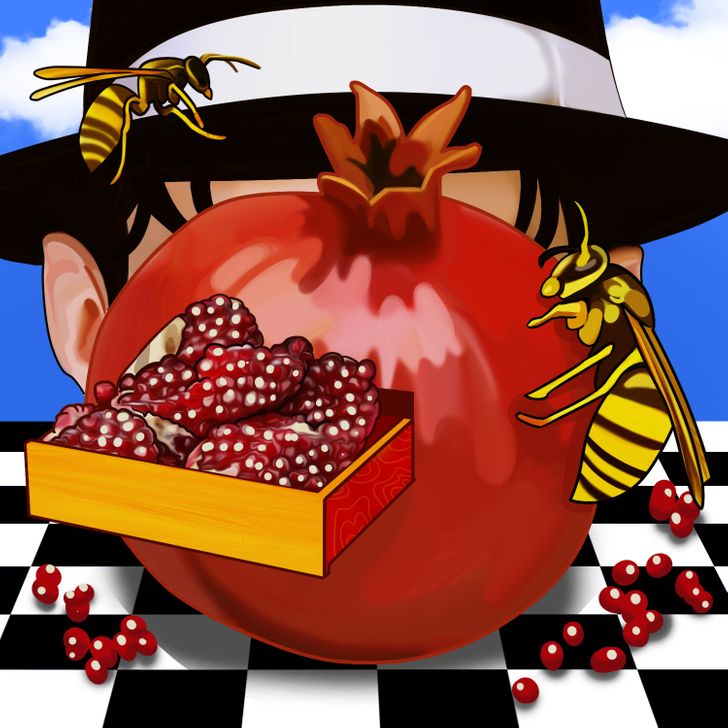
- When it was developed: In Europe in the aftermath of World War I.
- Main features: Unnerving, illogical scenes, sometimes with photographic precision, strange creatures from everyday objects, painting techniques that allowed the unconscious to express itself.
- Main representatives: Salvador Dalí, René Magritte, Max Ernst, Joan Miró.
Art Nouveau
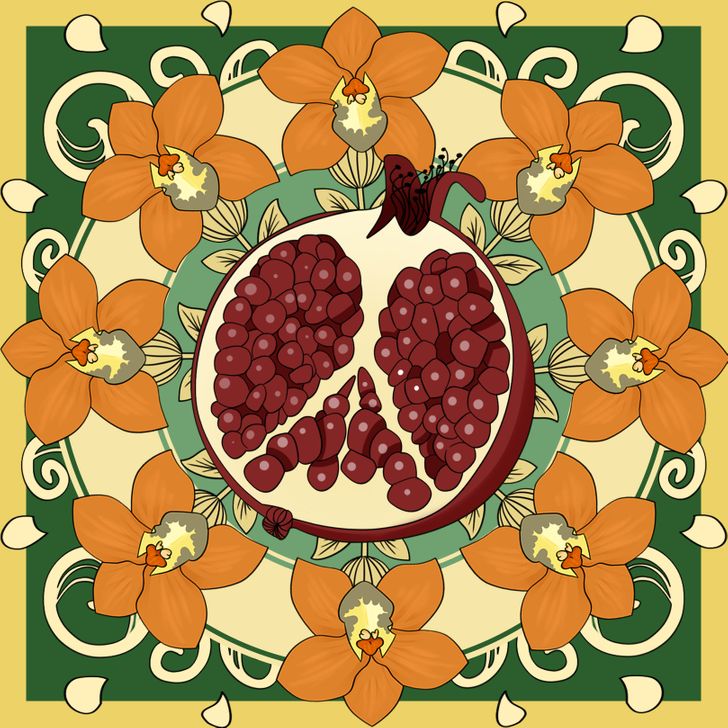
- When in was developed: Between about 1890 and 1910 throughout Europe and the United States.
- Main features: Undulating asymmetrical line, often taking the form of flower stalks and buds, vine tendrils, insect wings, and other delicate and sinuous natural objects. The figures are flat like on a poster. Colors are muted and delicate: pastels, white, olive, mustard, sage, brown, lilac, gold, peacock blue.
- Prominent representatives: Aubrey Beardsley, Alphonse Mucha, Gustav Klimt, Koloman Moser.
Expressionism
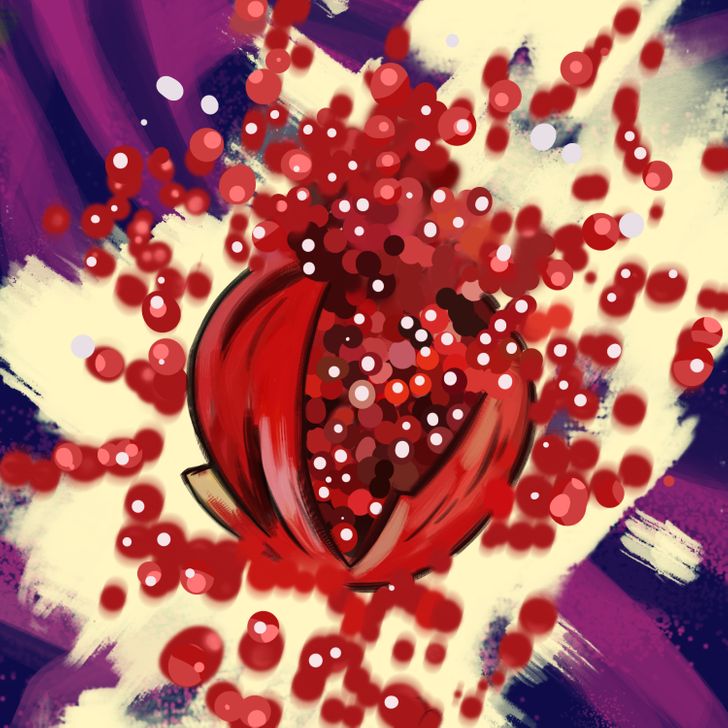
- When it was developed: Around the beginning of the 20th century.
- Main features: Present the world solely from a subjective perspective, distorting it radically for emotional effect in order to evoke moods or ideas. The paintings are characterized by flashy contrasting colors and angular lines to enhance the impact on the viewer.
- Prominent representatives: Edvard Munch, Egon Schiele, Oskar Kokoschka, Ernst Ludwig Kirchner.
Cubism

- When it was developed: Early 20th century.
- Main features: All everyday objects, landscapes, and people are transformed into geometric shapes. 3-dimensional objects are split into lots of flat shapes representing the views of them from different angles, and muted colors and darker tones or shades are used.
- Prominent representatives: Pablo Picasso, Georges Braque, Henri Le Fauconnier, Robert Delaunay.
Pop art
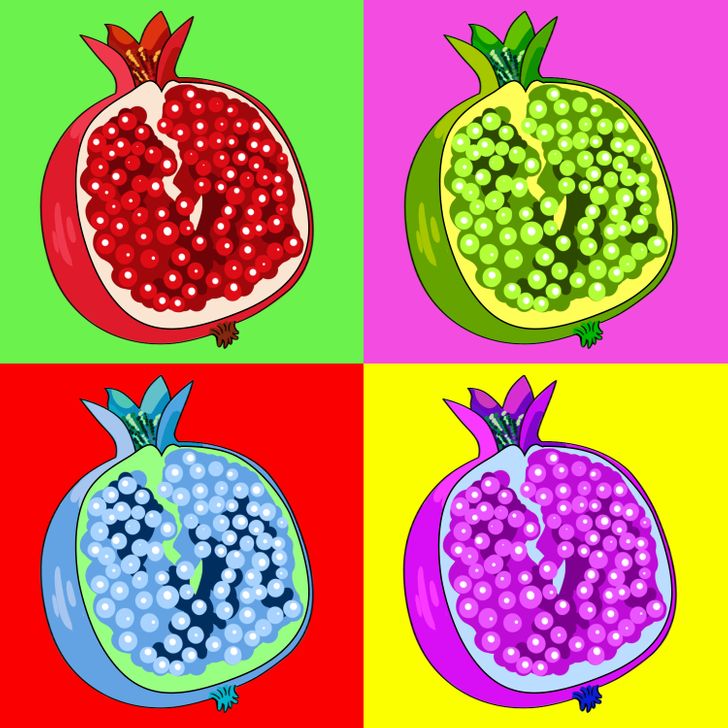
- When it was developed: In the United Kingdom and the United States during the mid-to-late1950s.
- Main features: Vibrant, bright colors, repetitive elements, portraits of pop and movie stars, images of pop and mass culture, foods, logos, and advertising style inscriptions.
- Prominent representatives: Andy Warhol, Roy Lichtenstein, Richard Hamilton, Yayoi Kusama.
Take a look at these fun and unique artistic techniques and ideas!
Share This Article